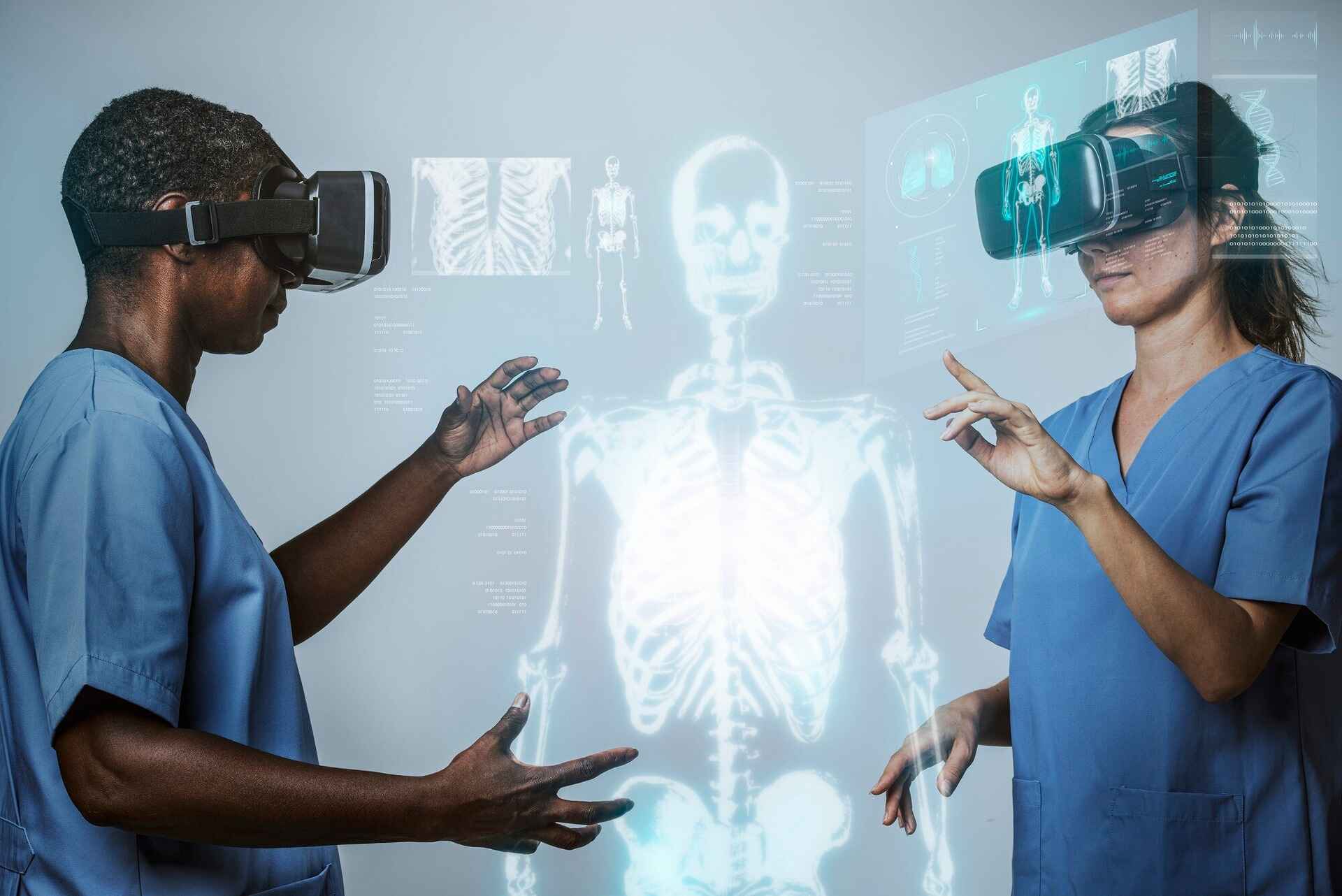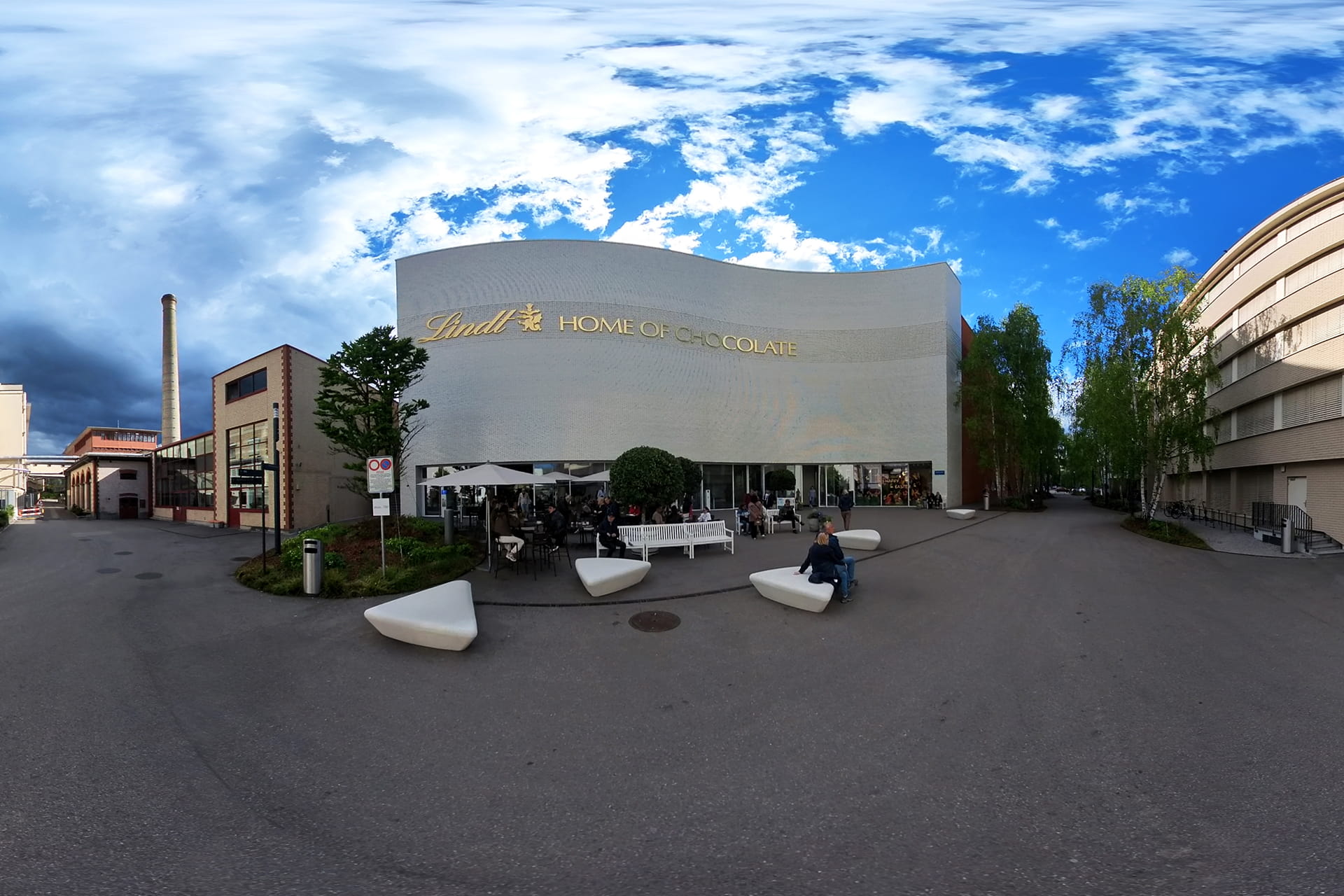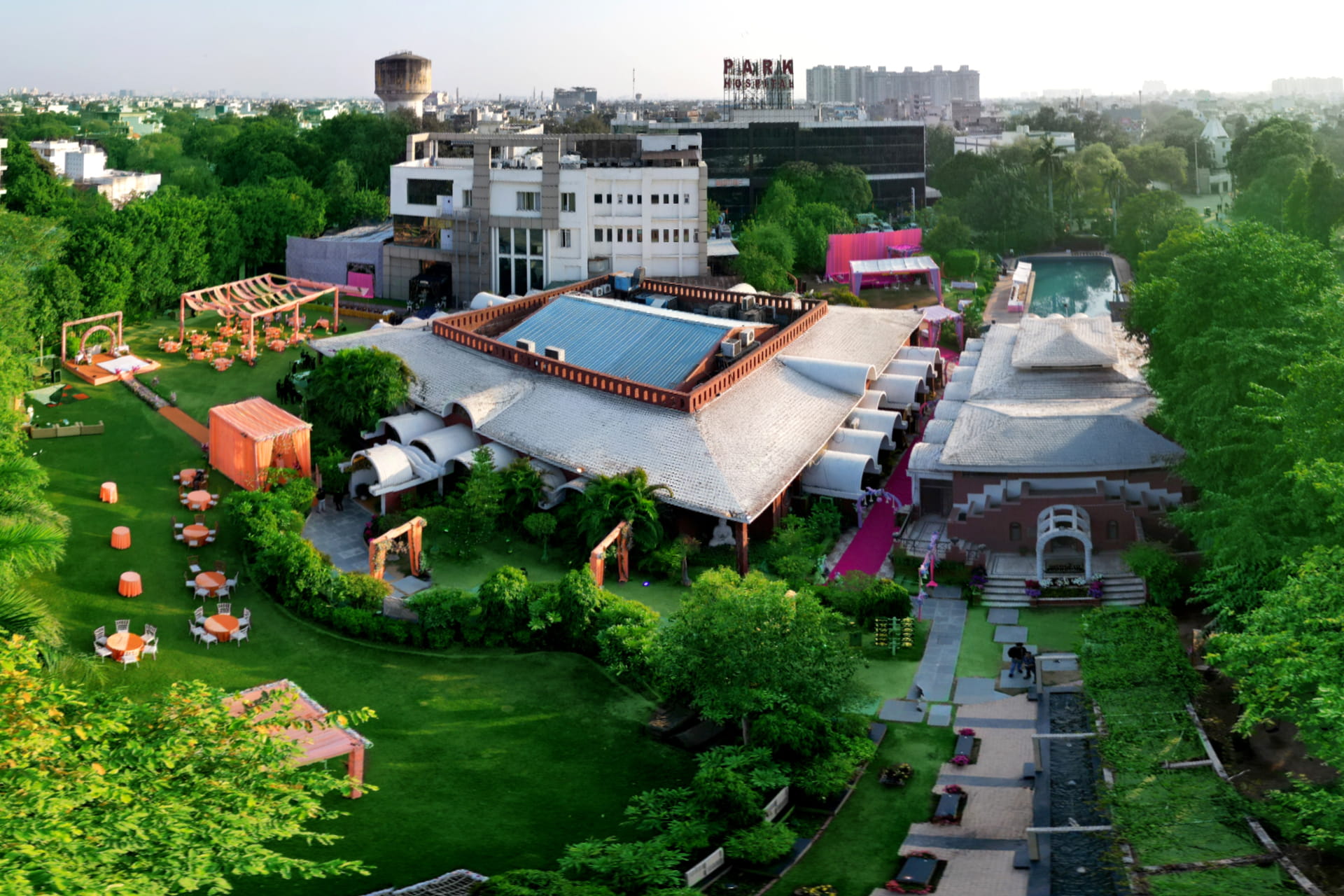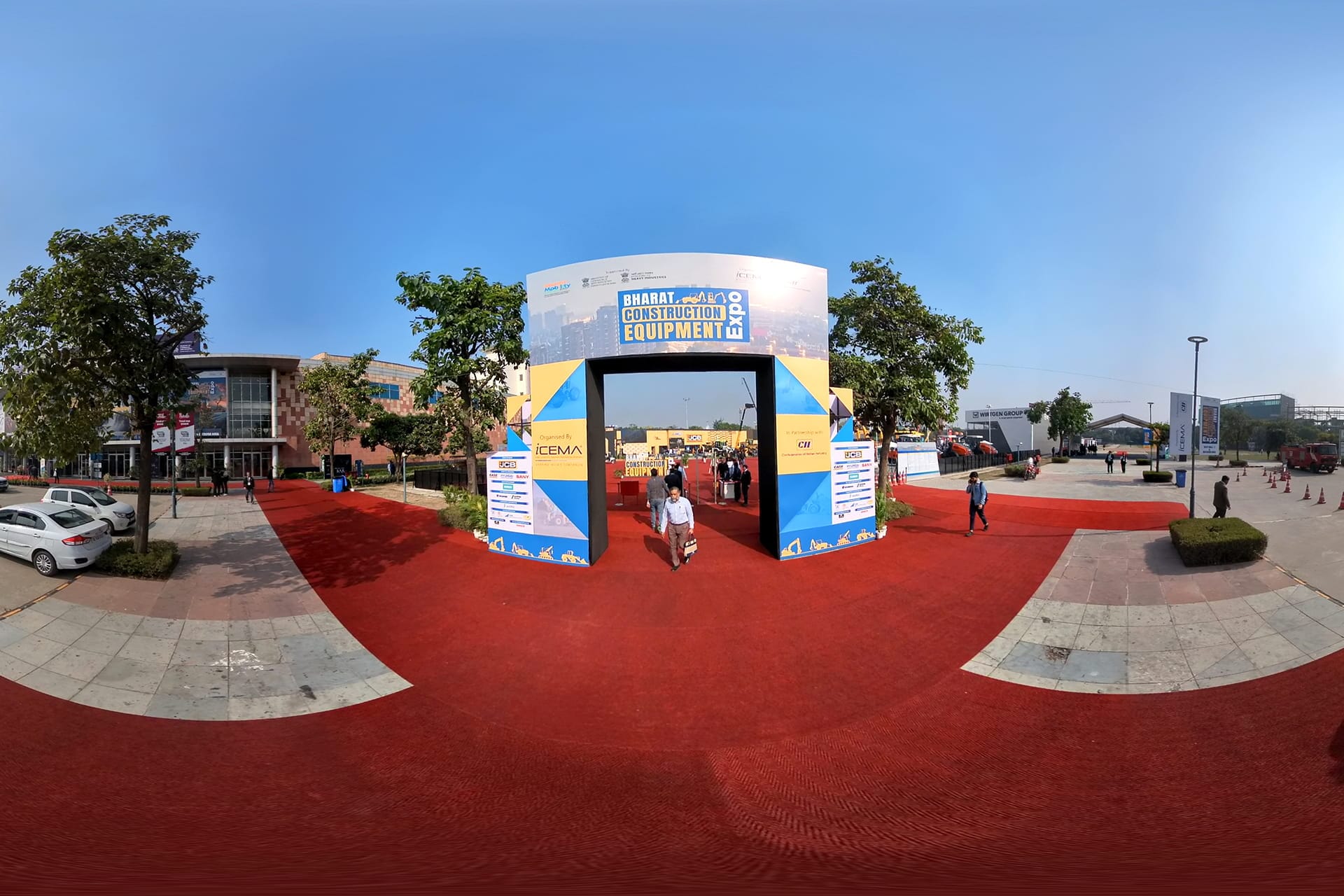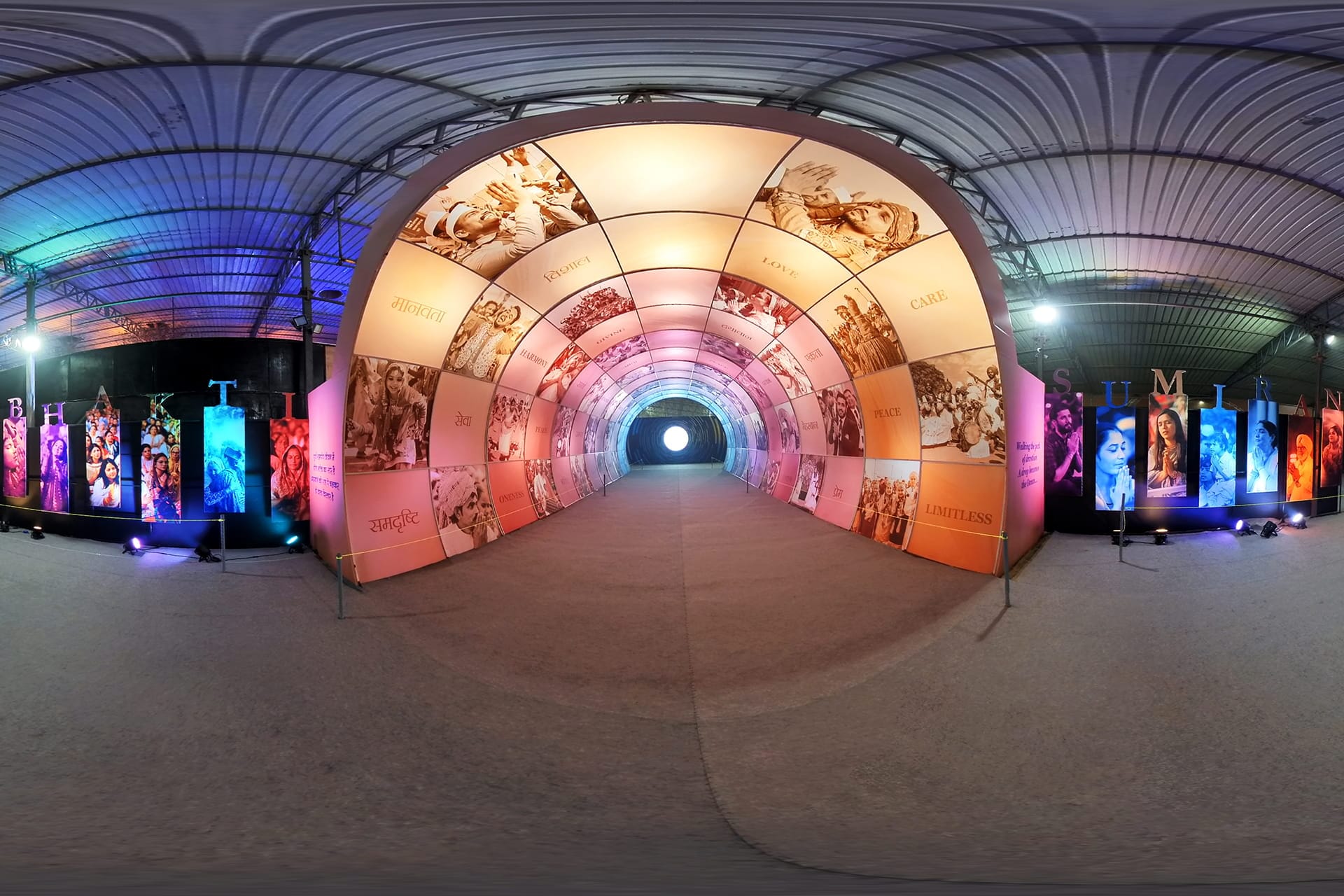Revolutionizing Healthcare: Unveiling 20 Transformative Benefits of AR and VR
In the ever-evolving landscape of healthcare, technological advancements play a pivotal role in reshaping the industry. Among these innovations, Augmented Reality (AR) and Virtual Reality (VR) stand out as transformative tools with the potential to revolutionize patient care, medical training, and overall healthcare experiences. Let's delve into the 20 compelling benefits that AR and VR bring to the forefront of healthcare.
Surgical Training Advancements:
VR simulations provide surgeons with realistic training scenarios, allowing them to hone their skills and refine surgical techniques in a risk-free virtual environment.Enhanced Medical Education:
AR and VR enable immersive medical education experiences, offering students a three-dimensional understanding of complex anatomical structures and medical procedures.Pain Management:
VR therapies have proven effective in pain management, providing patients with immersive distractions during procedures and alleviating discomfort.Remote Consultations:
AR facilitates remote consultations, allowing healthcare professionals to overlay patient information and medical images in real-time during virtual meetings.Mental Health Treatment:
VR therapies are employed in mental health treatments, offering exposure therapy for conditions such as phobias, PTSD, and anxiety disorders.Rehabilitation Support:
VR applications aid in physical and occupational therapy, creating engaging exercises and simulations to support the rehabilitation process.Accurate Surgical Planning:
AR assists surgeons in preoperative planning by overlaying digital images onto the patient's anatomy, enhancing precision during surgical procedures.Telemedicine Advancements:
VR enhances telemedicine experiences by creating virtual clinics and examination rooms, fostering more immersive doctor-patient interactions.Medical Visualization for Patients:
AR helps patients visualize their medical conditions by overlaying diagnostic images, fostering better understanding and informed decision-making.Pharmaceutical Research and Development:
VR facilitates molecular and chemical modeling, aiding researchers in drug discovery and development processes.Patient Education and Empowerment:
AR applications provide patients with interactive educational materials, empowering them to actively participate in their healthcare journey.Simulation-based Emergency Training:
VR simulations prepare healthcare professionals for emergency situations, enhancing their response capabilities and decision-making under pressure.Minimizing Cognitive Load for Surgeons:
AR overlays critical information directly into the surgeon's field of view, reducing the need to divert attention to external monitors or documentation.Remote Surgery Assistance:
AR enables remote experts to provide real-time guidance during surgeries, fostering collaboration and ensuring optimal patient outcomes.Anatomy Exploration:
VR allows medical students and professionals to explore intricate anatomical details in three-dimensional space, improving comprehension and knowledge retention.Post-Traumatic Stress Disorder (PTSD) Treatment:
VR therapy is utilized in treating PTSD by creating controlled environments for patients to confront and process traumatic experiences.Real-time Medical Imaging:
AR overlays real-time medical imaging, such as X-rays or CT scans, onto a patient's body during surgery, aiding in precision and accuracy.Enhanced Patient Engagement:
AR applications engage patients in their treatment plans, allowing them to better understand and adhere to prescribed medications and therapies.Virtual Medical Conferences:
VR facilitates virtual medical conferences, allowing professionals to attend events, workshops, and discussions from anywhere in the world.Improved Training for Emergency Responders:
VR simulations prepare emergency responders for various scenarios, enhancing their readiness and decision-making skills in high-pressure situations.
Conclusion
As we navigate the intricate landscape of healthcare, the integration of Augmented Reality and Virtual Reality emerges as a beacon of innovation. The 20 benefits outlined here signify not only the transformative power of AR and VR but also their potential to elevate patient care, medical education, and the overall healthcare experience. These technologies are not merely tools; they represent a paradigm shift towards a more patient-centric, efficient, and technologically-empowered healthcare ecosystem. As we stand on the cusp of this healthcare revolution, the synergy between AR, VR, and medical expertise is set to redefine the standards of care and shape a future where innovation and compassion coalesce for the betterment of global health.


